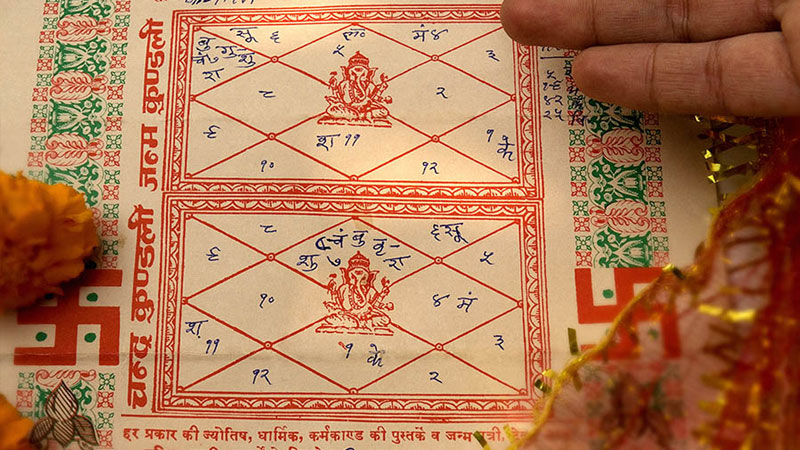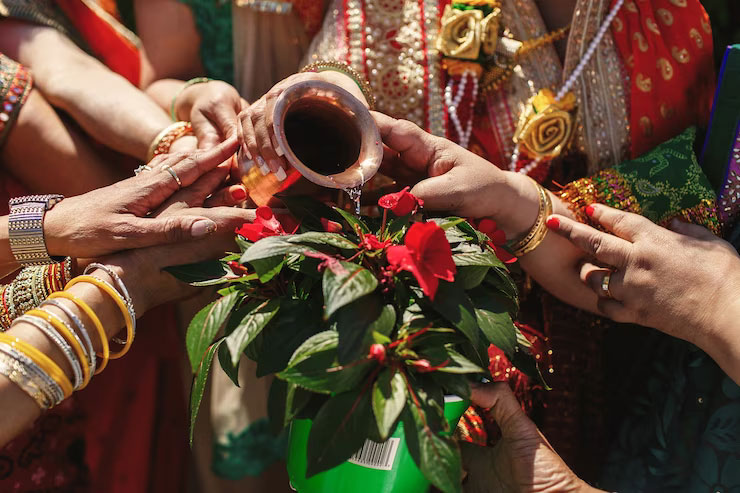Also known as Homa or Homam, Havan is a Sanskrit term referring to a Hindu ritual wherein offerings are made into a consecrated fire. It is derived from the Sanskrit root word hu meaning “to present” or “to offer”. Rooted in ancient Vedic principles, the sanskara (rite of passage) spread throughout Asia and was adopted by Buddhism and Jainism. Found all across Asia till today, homa in all its variations is a testimony to the reverence mankind holds for fire and cooked food (pakayajna).
The Significance of this Ancient Ritual
Regular havan practices, it is believed, purify and transform the individual as well as the surrounding environment. The chanting and the offerings re-energize one’s chakras and rejuvenate both the mind and the body. It is also believed that havan enhances the purity and a caring feeling towards Earth and the ecology.
In simple terms, the ceremony is a symmetric exchange between mankind and divine powers with humans offering prayers and in return, being blessed with strength and bounty. The principle of symmetry is at the heart of this ritual and guides it from the beginning till the end. But no ritual in our Hindu tradition is straightforward and monolithic. The ritual space of the homa consists of an altar; together, they are a symbolic representation of Hindu cosmology and are a link between the world of humans and the world of gods.
Our priests are but the mere conduits between you and your God but they put all their hearts and souls into it so that you get peace, however fleeting they might be, in this ever-changing world.









